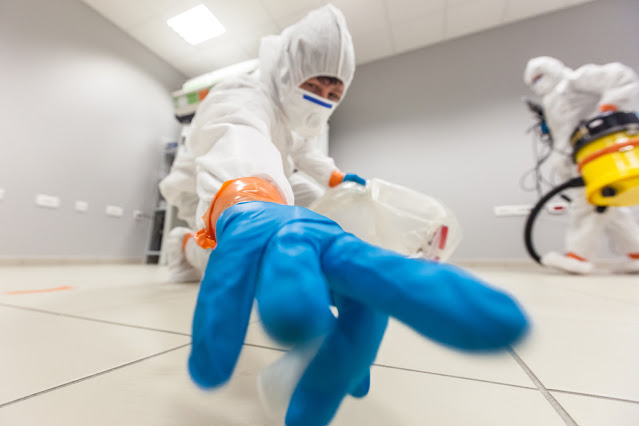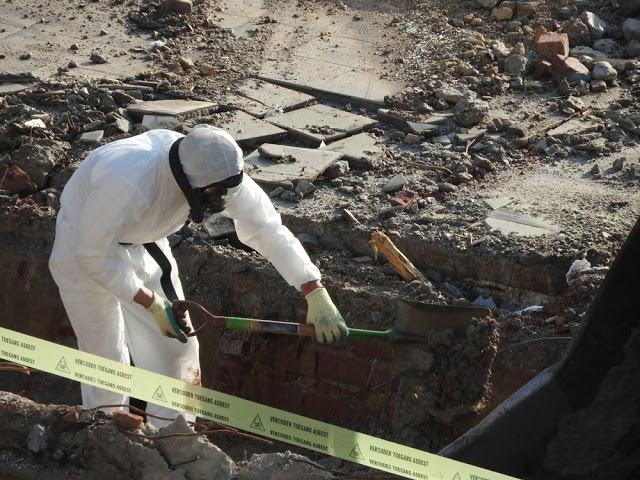 |
| A Complete Guide On Asbestos Testing |
Exposure to asbestos acts as a
primary reason behind severe diseases, such as, mesothelioma, pleural disease,
and asbestosis. At present, more than 55 countries have completely banned the
use of asbestos or asbestos-containing materials. However, because of the
improper regulation and continued use of asbestos in some states of the U.S.,
asbestos is still a serious threat to public health.
If you are anxious about the
presence of asbestos in your home or the potential for asbestos exposure at
your workplace, the solution lies in asbestos testing. The first step to
removing asbestos from your home or workplace is to locate it. The dangerous
material can exist in floor tiles, ceiling spray, roofing, insulations,
linoleums, etc.
Know
About The Asbestos Testing
It is essential to have proper
testing carried out by a certified asbestos testing lab to ensure that you,
your family members, and the workers are not exposed to asbestos in any way.
 |
| A Complete Guide On Asbestos Testing |
There are different asbestos
testing methods, and the quintessential rule to follow is to avoid doing things
yourself. An improper way of handling or collection of samples will only add to
the risk of asbestos exposure.
There are different ways the
testing samples are gathered, and the testing carried out for asbestos.
• Collecting Air Samples: Phase Contract Microscopy is
a common tool to measure airborne asbestos and can indicate if asbestos is
present in the air. This method is convenient as it takes no time to detect
asbestos in the area, and the asbestos testing cost with this method is much
lower.
• Collecting Building Material Samples: Another popular
way of asbestos testing is Polarized Light Microscopy. This method is a
commonly used technique to test the building material. The polarized light
analyses the properties of minerals in the building material to identify
asbestos particles.
• Collecting Soil And Water Samples: Soil and water
testing can be useful to investigate if asbestos-ridden materials have been
dumped in the location. Typically, the soil and water samples are tested with
the help of an asbestos testing kit. Transmission Electron Microscopy is used
to test water samples while Polarized Light Microscopy is used to test soil
samples.
Professional help is highly
recommended in such scenarios. Just contact an asbestos specialist to visit
your home or work area and identify the spots that may carry asbestos. He will
know how to take a sample, place it in a suitable container, and carry it away
for asbestos testing.
 |
| A Complete Guide On Asbestos Testing |
The
Asbestos Testing Cost
The cost of asbestos testing can
vary based on the level of testing and the location, and it may involve one
site or involve several locations.
• It is more economical to get an
agreed schedule on the testing of asbestos throughout a building. The building
owners are not only anxious about the presence of asbestos but are keen to know
what the final cost will be if they have to undergo complete replacement of
asbestos products in the building. Thus, for some, the asbestos testing cost is
much higher, as it may require sudden and expensive replacements.
• Off-site testing is the
cheapest, and based on the scale, level, and urgency of the test and the costs
of the examination can range from $50 to $80.
The costs can go higher based on the complexity of the analysis and the
collecting process. The reports are usually sent within one or two weeks or
within 24 hours on request. The eventual report serves as an important document
and scientific evidence.
The whole process requires
general awareness and participation of the people and the building owners who
understand the threat of asbestos and safeguarding human lives. Always hire the most trusted and well-known asbestos testing laboratories in your state.
